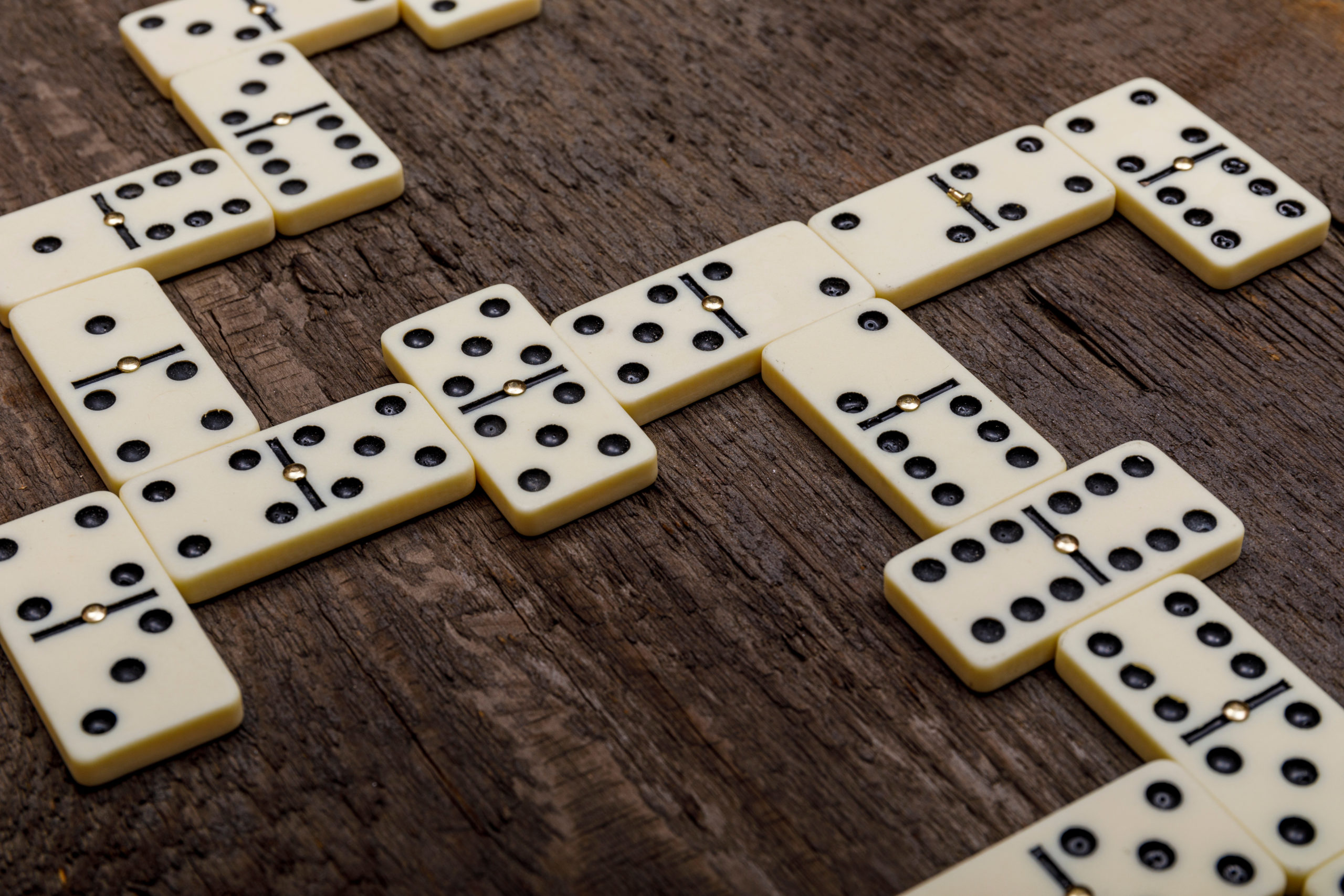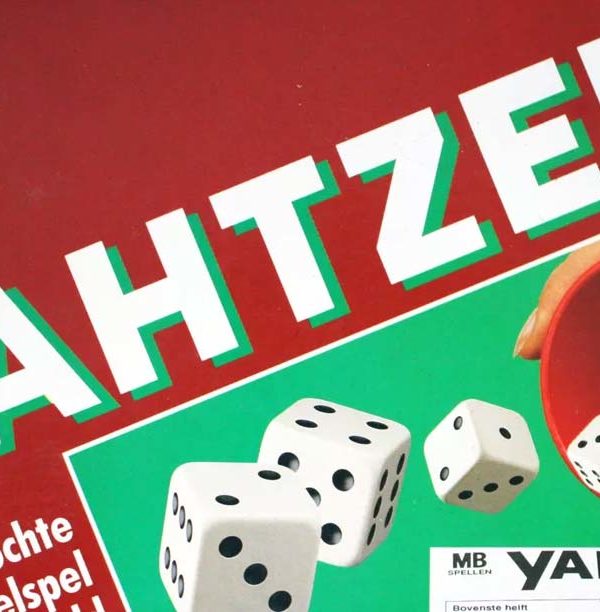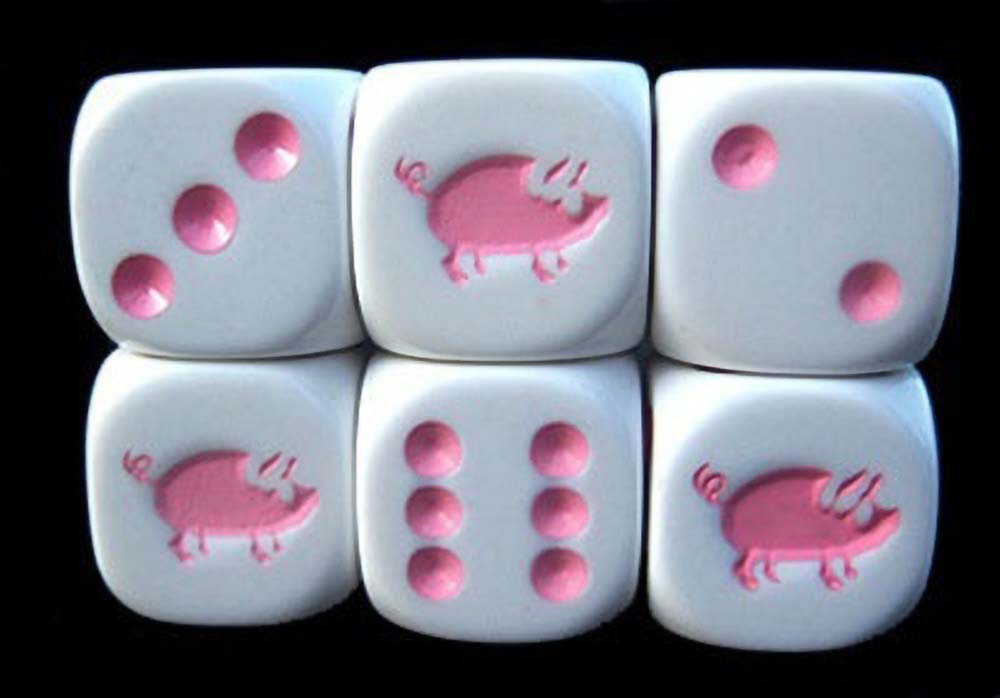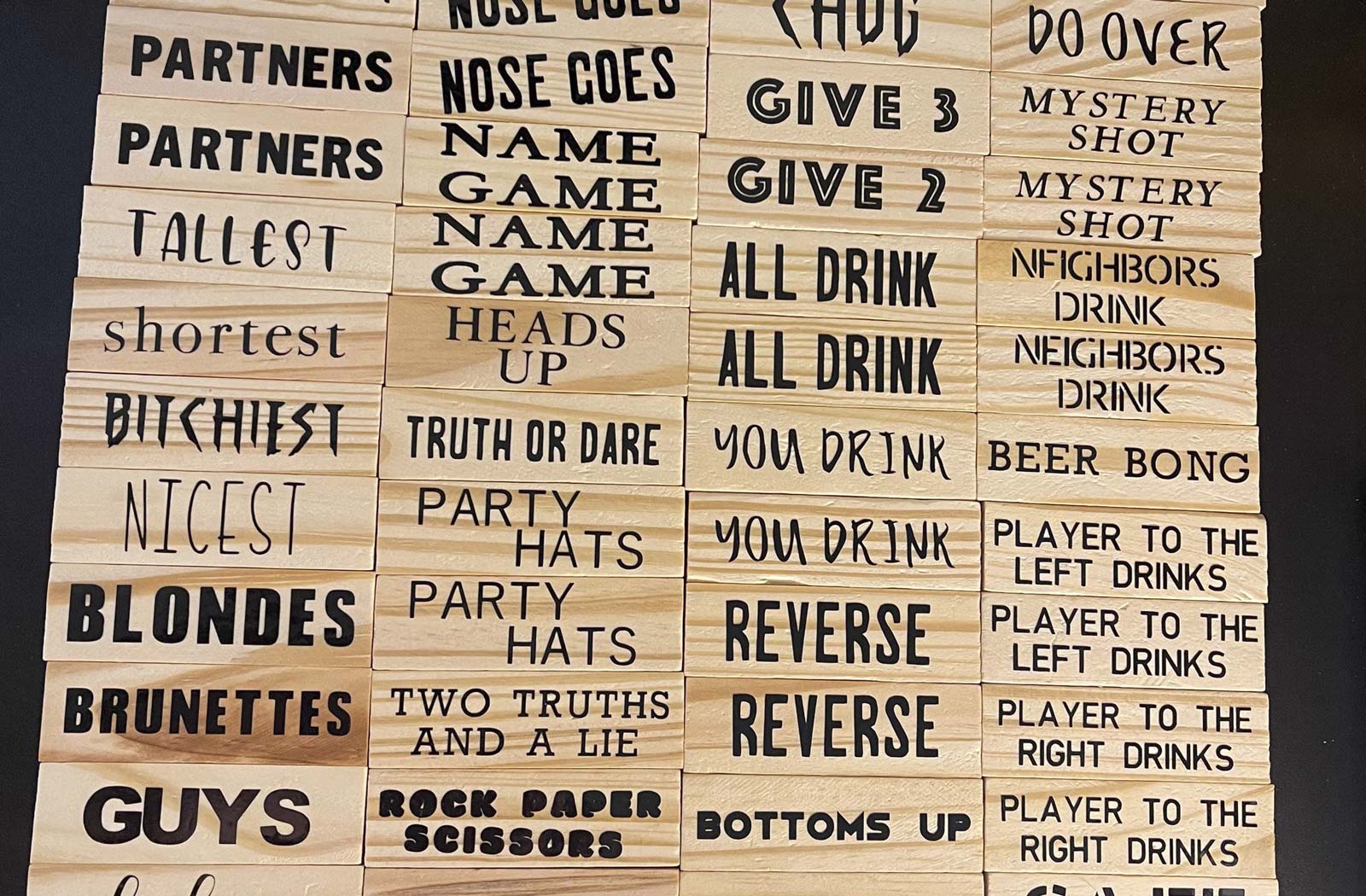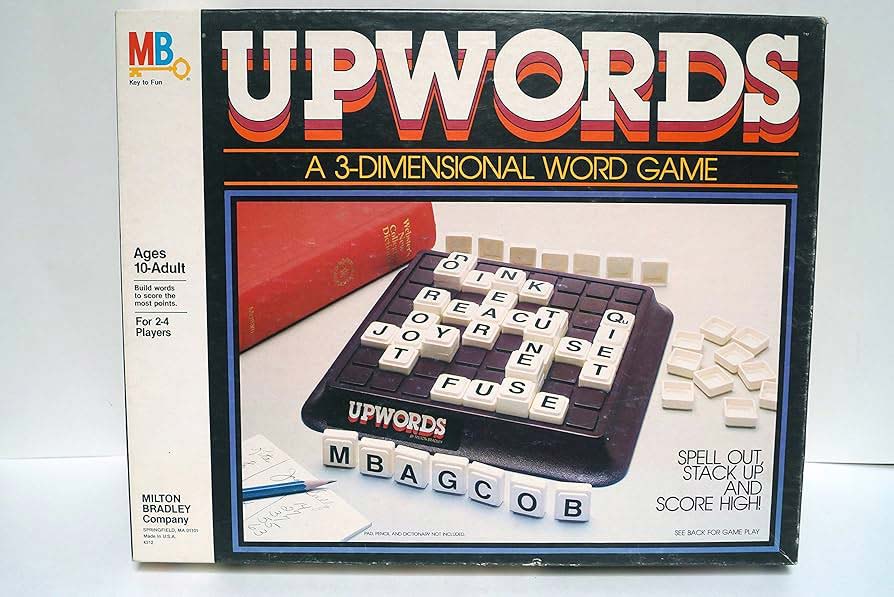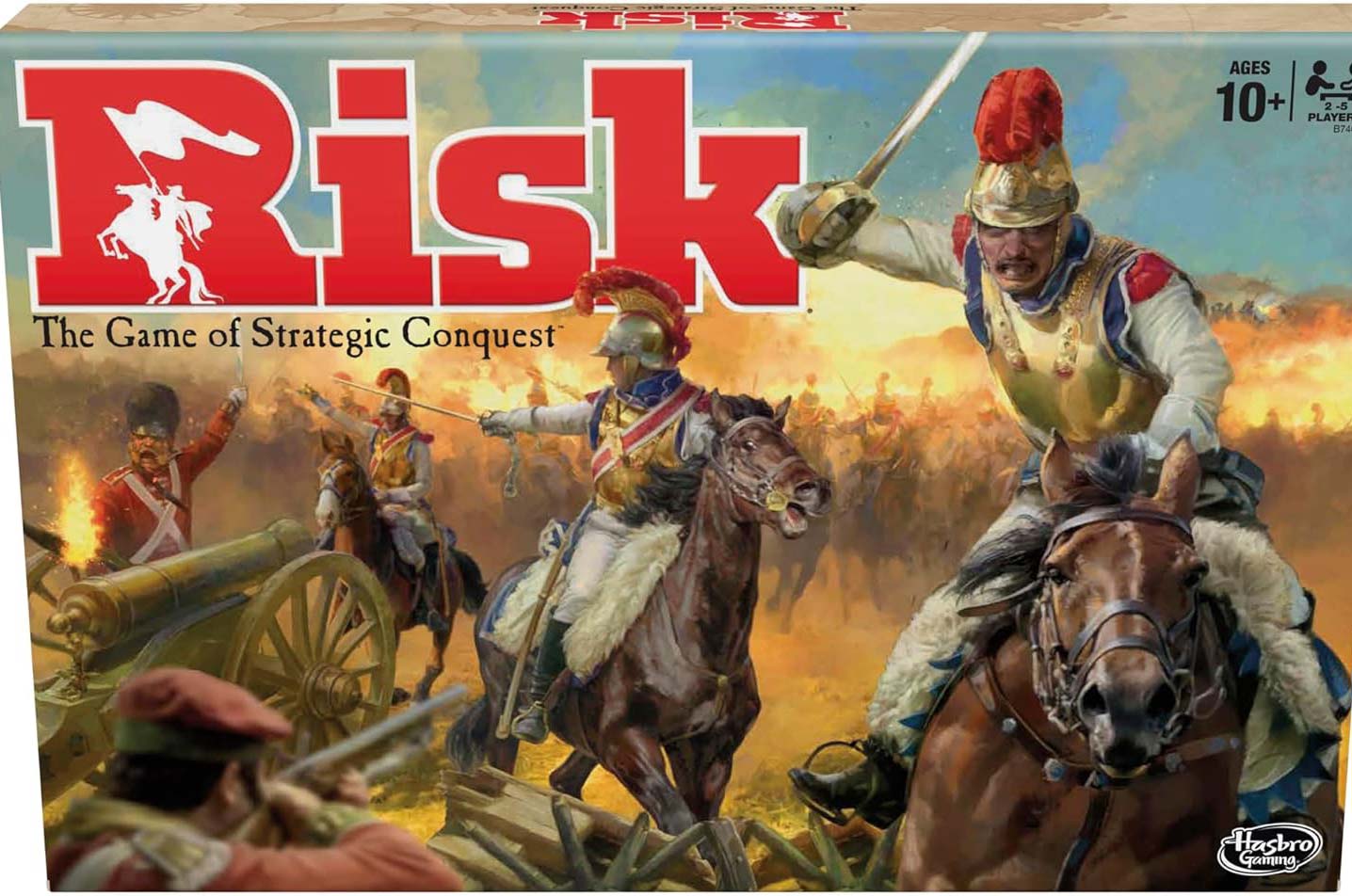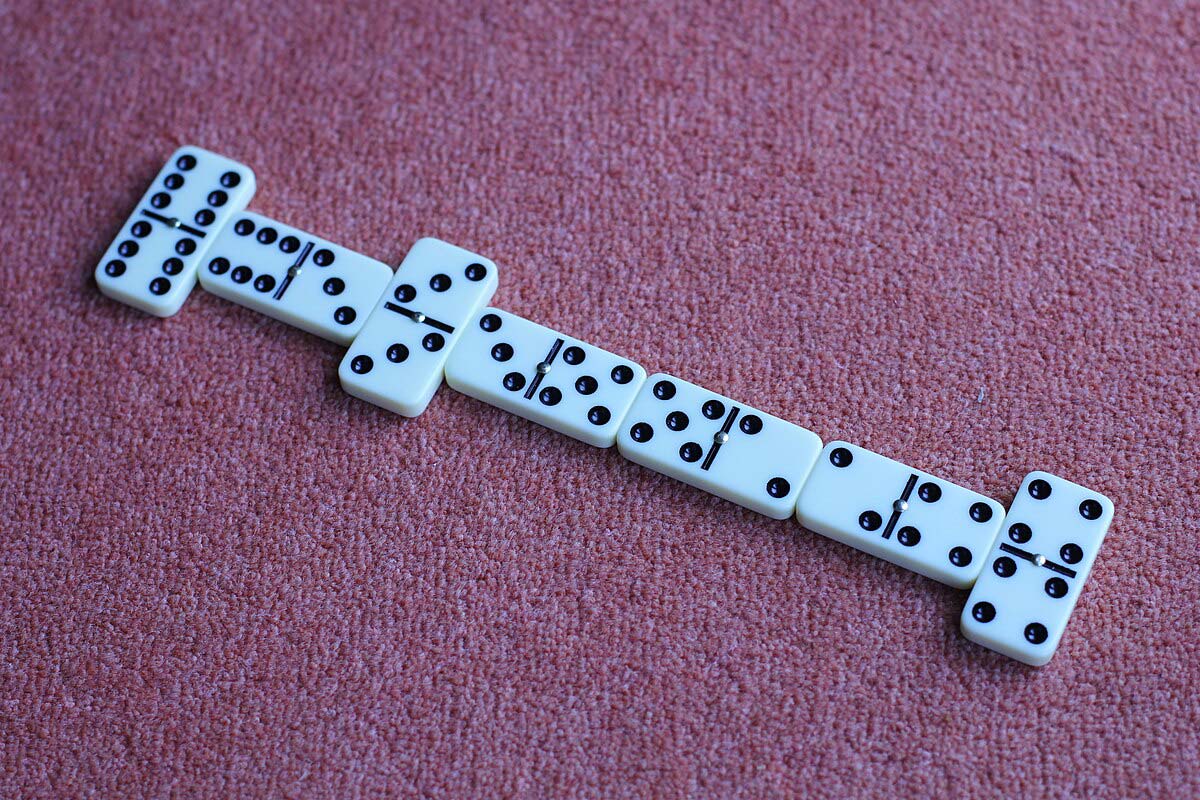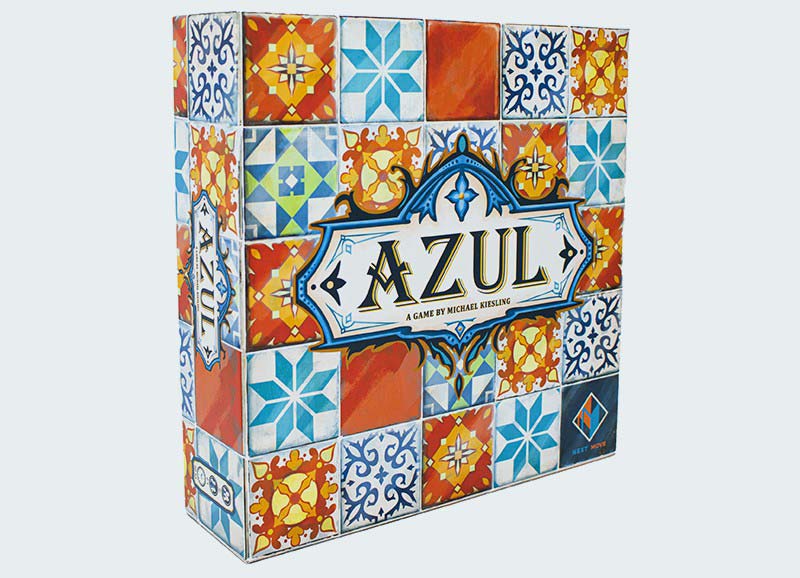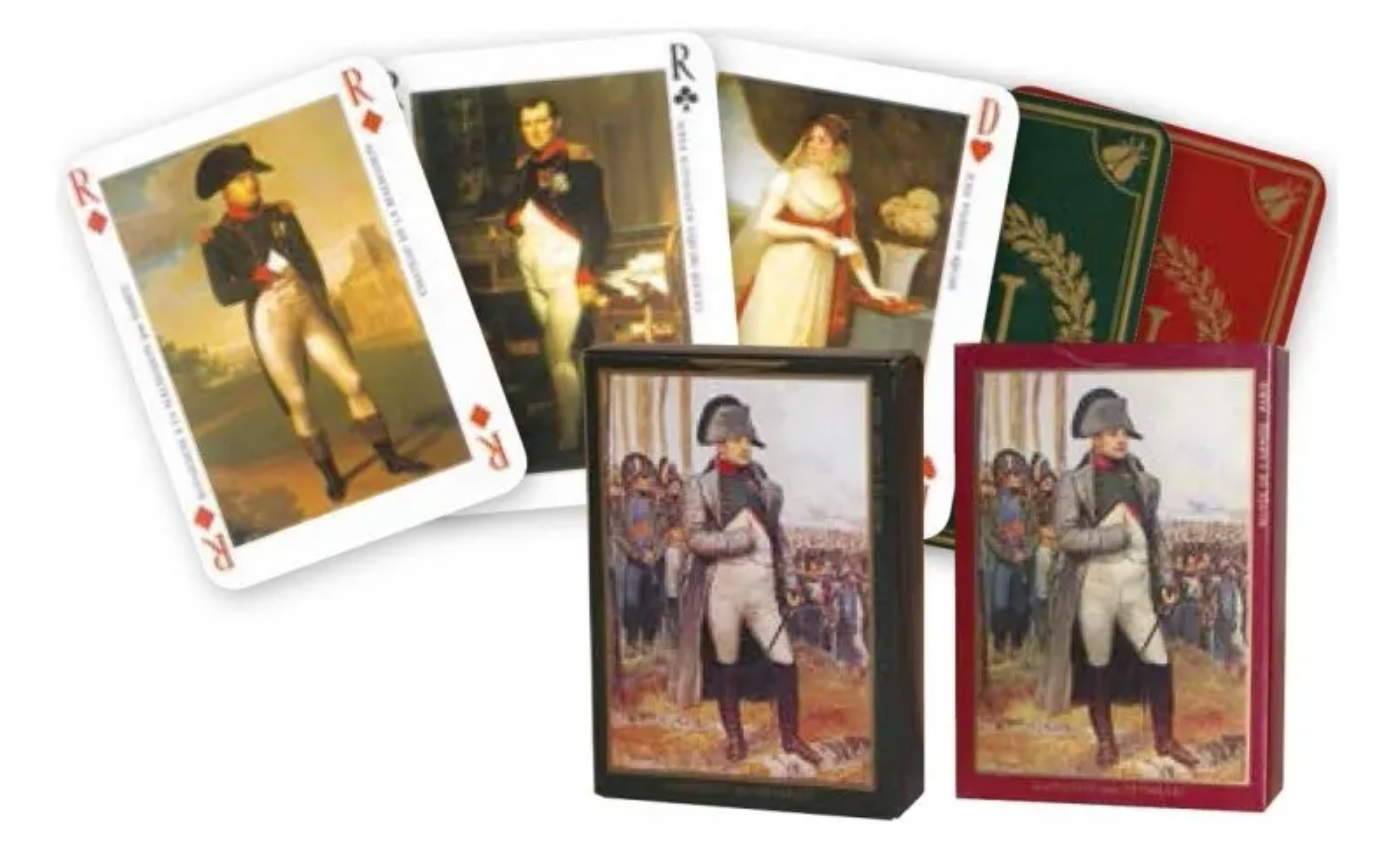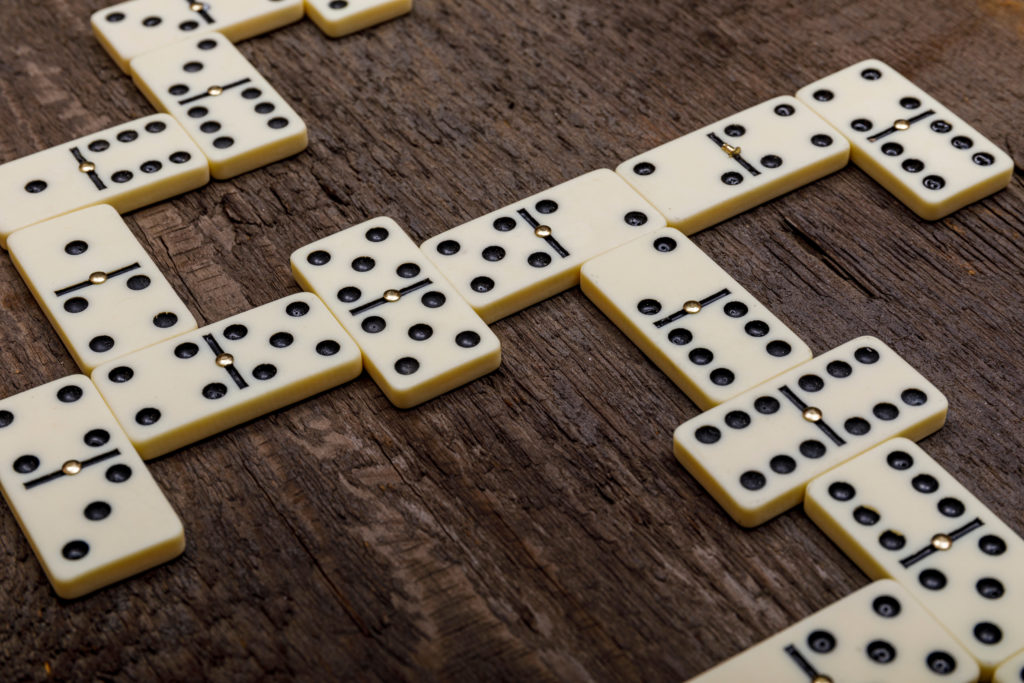
Close your eyes and imagine a warm summer evening, a cool breeze rustling the leaves, and the sound of tiles clacking together as friends gather around a table. This is the world of Dominoes—a game that has transcended time and culture, bringing people together for centuries. Whether it’s a friendly match in the park or a high-stakes showdown in a bustling café, Dominoes is a game that blends strategy, skill, and a bit of luck. So, grab your tiles and get ready to dive into the captivating world of Dominoes!
Country of Origin: China
Date of Origin: 12th century
Regions popular in: Worldwide
Family: Tile games
Also Known As: Dominos, Domino Tiles
Variants: Block Dominoes, Draw Dominoes, Mexican Train, Chicken Foot
Game Rules
Objective of the Game
The goal is to be the first player to score a predetermined number of points by laying down tiles and creating matching patterns, or to block your opponents and be the last one standing with tiles in hand.
Number of Players: Typically, 2-4 players, but can accommodate more depending on the variant.
Tile Information
- A standard set of Dominoes contains 28 tiles, each marked with a number of spots (or pips) ranging from 0 to 6.
- Each tile has two ends, and the numbers on each end can be the same or different.
Setup
- Shuffle the tiles face down on the table.
- Each player draws a set number of tiles (usually 7).
- The remaining tiles form the boneyard or draw pile.
Basic Gameplay
- The player with the highest double (a tile with the same number on both ends) starts the game by placing it in the center of the table.
- Players take turns laying down tiles that match the numbers on the open ends of the tiles on the table.
- If a player cannot make a move, they must draw a tile from the boneyard. If the boneyard is empty, they pass their turn.
- The round ends when a player lays down all their tiles or no more moves can be made.
Winning Conditions
- The first player to reach the predetermined number of points (usually 100, 200, or 500) wins the game.
- Points are calculated based on the number of pips left on the opponents’ tiles at the end of each round.
Key Terms
- Double: A tile with the same number of pips on both ends.
- Boneyard: The pile of remaining tiles that players draw from when they cannot make a move.
- Pips: The dots on the tiles representing numbers.
- Matching: Placing a tile with the same number of pips as one of the open ends of the tiles on the table.
Strategy and Tips
Alright, tile tacticians, it’s time to up your Dominoes game. Here are some tips to help you dominate the table and impress your friends.
Play Your Doubles Wisely: Doubles can open up new possibilities on the board, but they can also limit your options. Use them strategically to control the game.
Watch Your Opponents: Pay attention to the tiles your opponents play and draw. This can give you valuable insights into their strategies and help you plan your moves accordingly.
Block When Necessary: Sometimes, it’s better to block your opponents’ moves than to make your own. Use your tiles to create roadblocks and force your opponents to draw from the boneyard.
Balance Your Hand: Try to keep a mix of high and low tiles in your hand. This can give you more flexibility and options as the game progresses.
Think Ahead: Anticipate your opponents’ moves and plan your strategy several turns in advance. This can help you stay one step ahead and increase your chances of winning.
Historical Background
Dominoes has a rich history that dates back to 12th century China, where it was believed to have been invented by Chinese soldiers during the Song Dynasty. The game quickly spread throughout Asia and eventually made its way to Europe in the 18th century, becoming particularly popular in Italy and France.
The name “Dominoes” is thought to have originated from the Latin word “dominus,” meaning “lord” or “master,” reflecting the game’s status as a pastime for the elite. Over the centuries, Dominoes has evolved into various forms and has become a beloved game worldwide.
In addition to its entertainment value, Dominoes has also been used for educational purposes, teaching mathematics and strategy to students. Its enduring popularity is a testament to its timeless appeal and the joy it brings to those who play it.
Popularity and Cultural Impact
Dominoes’ popularity has transcended time and culture, making it a staple in households and social gatherings around the world. The game’s simplicity and strategic depth have made it accessible to players of all ages and backgrounds.
In many cultures, Dominoes is more than just a game—it’s a social activity that brings people together. From friendly matches in Caribbean neighborhoods to competitive tournaments in European cafes, Dominoes has a unique ability to foster camaraderie and connection.
The game’s cultural impact is evident in its presence in literature, music, and film. Dominoes has been featured in numerous works of art, symbolizing strategy, chance, and the bonds formed through play.
Legends and Funny Stories
Over the years, Dominoes has generated countless amusing tales and memorable moments. One legendary story involves a group of friends who played the game during a family reunion. As the competition heated up, one player managed to block their opponents at every turn, earning the nickname “The Block Master” and leaving everyone in awe of their strategic brilliance.
Another hilarious anecdote comes from a game night where a young child managed to outplay their parents by making unexpected moves and surprising plays. The child’s victory became the highlight of the evening, and they were dubbed the “Dominoes Prodigy” by their impressed family.
These stories and many more highlight the fun and camaraderie that Dominoes brings to the table, making it a game that creates lasting memories.
Conclusion
So there you have it, folks. Dominoes is more than just a tile game—it’s a blend of strategy, history, and pure enjoyment. Whether you’re a seasoned player or new to the game, there’s always something new to discover and appreciate in the world of Dominoes.
Next time you gather your friends and family for a game night, let the rich history and strategic depth of Dominoes add an extra layer of excitement. Enjoy every clever play, every well-timed block, and every triumphant moment.
Ready to shuffle the tiles and dive into the world of Dominoes? Let the games begin!
